Shrimp Pad Thai is the national dish of Thailand, a stir-fry noodle dish with that special balance of sweet, spicy, salty and sour that is uniquely Thai. In this recipe I give you a range of amounts for the sauce ingredients so you can adjust the four elements to suit your own taste. Make notes and perfect it. This is a quick weeknight dinner in my house and we know how we like it.

Despite the name 'Shrimp' Pad Thai many versions include chicken as well as the shrimp. The combination adds another element to the over all taste and I love it. The addition of bean sprouts is also quite specific. Although bean sprouts are stirred into the hot noodles some people feel that adding fresh bean sprouts at the end creates a desired contrast. Said to be essential.
Should I Use Fresh or Dried Rice Noodles
Rice noodles deserve a place in every gluten free pantry. They are made from rice flour and are available dried or fresh in a variety of widths. Pad Thai is typically made with a wide rice noodle similar to fettuccini. Although fresh rice noodles are available I prefer the convenience of dry noodles. In my pantry I always keep thin vermicelli noodles (to make salads and salad rolls) and one wider variety that I use in this recipe.
Cooking Rice Noodles for Shrimp Pad Thai
Apparently, the biggest travesty in making Pad Thai is overcooking the noodles. Many recipes call for soaking the noodles in warm water but I use boiling water. I pour boiling water over the noodles and let them soak for five minutes. (Yes, you should set a timer.) The noodles always get a little more cooking during the stir-fry process and this method consistently works for me. I sometimes accidentally overcook them (didn't set the timer) but the dish still tastes delicious with broken noodles. It just takes a little practice to figure out how to cook them perfectly.
Do I Need a Wok
I can't say it enough, you really should have a wok. A standard flat bottom wok isn't expensive, will last for years (possibly decades) and the large cooking surface is excellent for more than just cooking Asian dishes. I sometimes demonstrate cooking in a wok side-by-side cooking in a frying pan. Even the nicest All-Clad non-stick skillet can't compare to a wok. It's an excellent investment, trust me.
Gluten Free Pantry Essentials for Thai Cooking

Fish sauce and tamarind are two naturally gluten free ingredients that you need for cooking Thai dishes. Tamarind gives a unique sour taste to dishes. I prefer the tamarind concentrate for ease (sold in small plastic tubs) rather than the tamarind pulp or paste that needs to be softened with water and strained.
For more on this topic check out this post; Tamarind Concentrate vs Tamarind Paste or watch me explain it on YouTube.
Is There a Vegan Substitute for Fish Sauce
Yes, there is a Vegan Fish Sauce Substitute for your friends who have a fish allergy or are vegan and I swear you cannot tell the difference. Everyone can enjoy all the Thai and Vietnamese dishes you can think of.
Fish sauce is like a condiment used in almost every Thai dish, just as salt and soy sauce are used in other cultures. If you haven't used it before my only advice is don't smell it. Buy it, use it and you'll be happy someone told you that.
Let me know in the comments below how you like your Shrimp Pad Thai.
A Travel Tale - Thailand
From time to time I write a travel post for my friend Sue over at Travel Tales of Life. This is the post I wrote about our trip to Thailand many years ago; Thailand and Thai Red Shrimp Curry.
__________________________________________________________________________
New here? Subscribe and get your FREE resource, the tips I wish I knew when I started cooking gluten free.
Looking for more help with gluten-free cooking? Check out our Cooking Classes.
_________________________________________________________________________

Shrimp Pad Thai
Ingredients
SAUCE
- 1-1½ tablespoon tamarind concentrate
- ¼ cup gluten free chicken stock
- 3 tablespoon fish sauce
- 1 tablespoon gluten free soy sauce
- ½-1 teaspoon chile sauce
- ⅛ teaspoon ground pepper
- ⅛ teaspoon ground pepper
- 3-4 tablespoon brown sugar
PAD THAI
- 8 oz wide rice noodles
- 1 boneless chicken breast, cut into small pieces
- 1 tablespoon gluten free soy sauce
- 12-15 medium raw shrimp, shells removed
- 2 tablespoon vegetable oil
- 4 green onions, sliced
- 3 cloves garlic, minced
- 1 teaspoon grated ginger root
- 1-2 fresh Thai chilies, sliced
- 1 egg
- 2 cups fresh bean sprouts
TOPPINGS
- ¼ cup chopped fresh cilantro
- ⅓ cup salted peanuts, chopped
- 1 lime, cut into 4 wedges
Instructions
SAUCE
- Make the sauce and set aside.
PREP NOODLES and CHICKEN
- Place rice noodles in a large bowl and pour boiling water over them. Let sit for 5 minutes until soft and almost cooked through. Drain and set aside.
- Toss chicken with 1 tablespoon soy sauce. Set aside.
COOK PAD THAI
- Heat 2 tablespoon oil in wok over medium-high heat. Add green onion, garlic, ginger and chiles. Stir-fry 1 minute.
- Add chicken and stir-fry 2 minutes. Add shrimp and stir-fry another 2 minutes.
- Push all ingredients up the sides of the wok making room in the center. Break the egg right into the wok and quickly stir-fry to scramble, about 1 minute.
- Mix everything together then add noodles. Pour on half the Pad Thai sauce and stir together (I like to use a pasta server and a flat scraper).
- Add the remaining sauce as the wok dries out and continue cooking until the sauce is gone and the noodles are fully cooked, about 5 minutes. If the noodles are not cooked enough add 1 tablespoon of water and stir-fry for another minute.
- Turn off the heat and mix in 2 cups bean sprouts.
SERVING
- Divide Pad Thai among 4 bowls. Divide the second amount of bean sprouts, peanuts, cilantro and a lime among the bowls. These complete the taste and are all meant to be eaten.

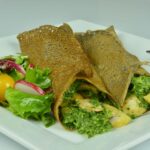

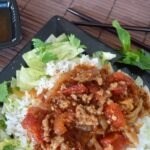

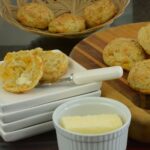
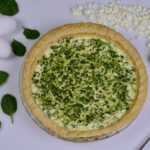
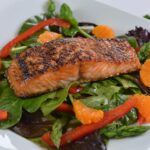
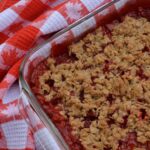
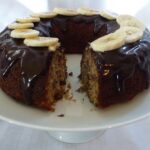
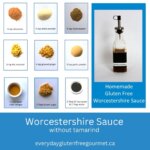
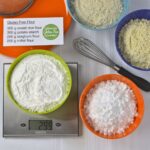


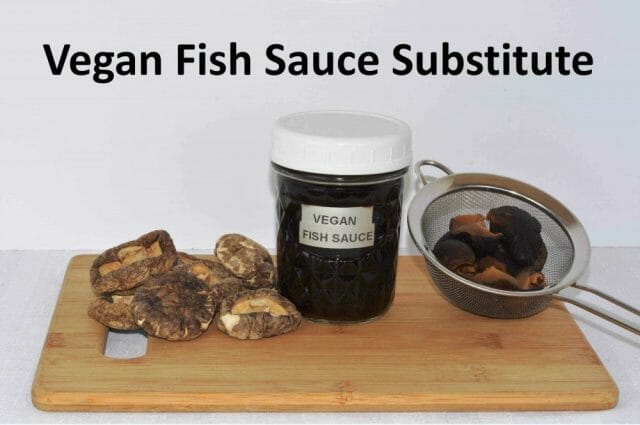
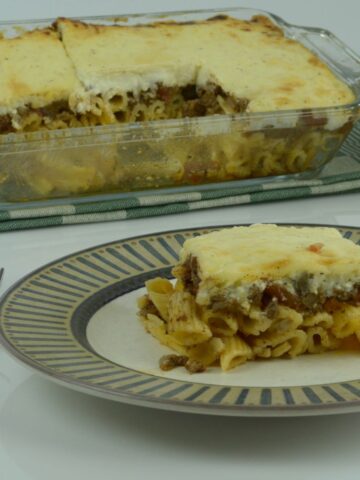
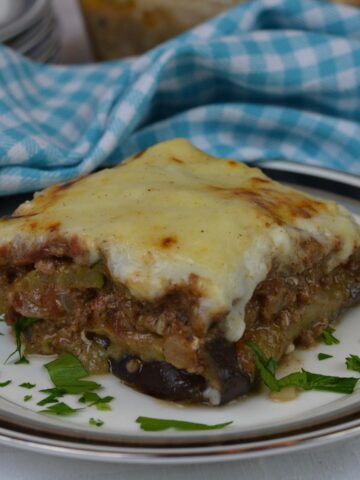
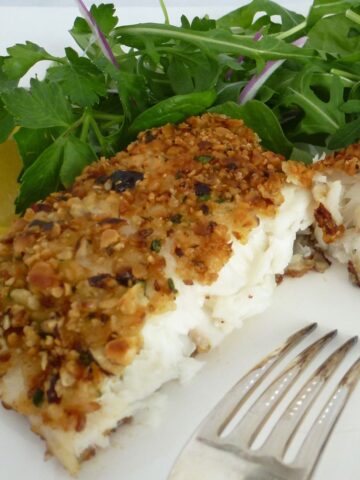
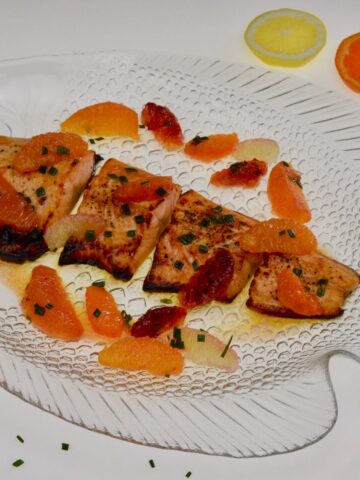
Leave a Reply